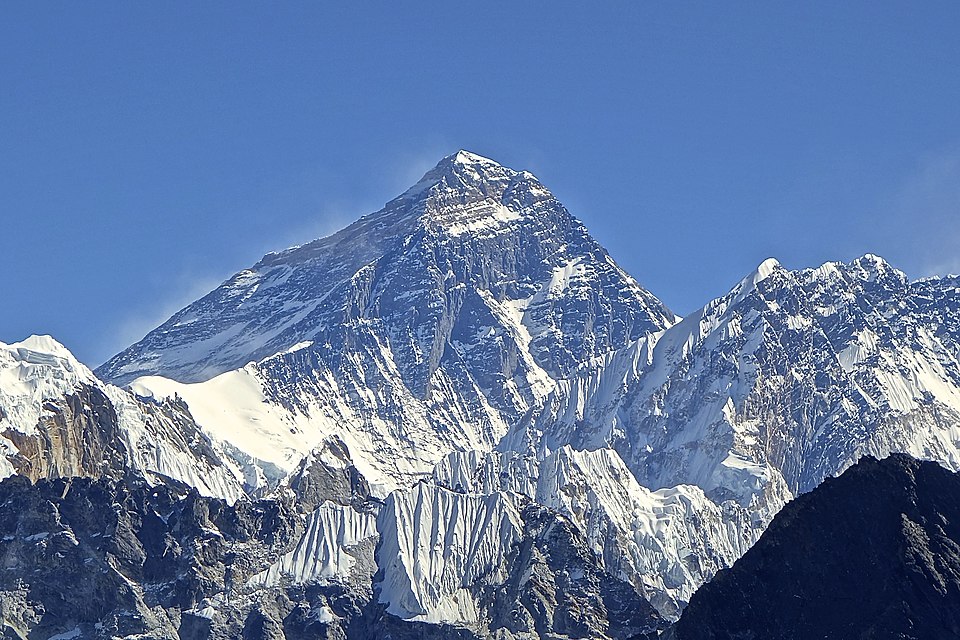
A team of British climbers, all former special forces soldiers, successfully reached the summit of Mount Everest on Wednesday in a bold mission to climb the world’s highest peak and return to
London—all within seven days.
The four-man team—Alistair Carns, Garth Miller, Anthony Stazicker, and Kevin Godlington—departed London last Friday already pre-acclimatised for high altitudes using low-oxygen tents and an experimental method involving xenon gas. The group aims to raise funds for charities supporting military veterans and children of fallen service members.
“All four climbers, along with a photographer and five Sherpas, reached the summit at 7:10 a.m.,” said Lukas Furtenbach of Furtenbach Adventures, the expedition's organiser. The team is currently descending and expected to reach base camp by evening, with plans to return to the UK shortly after, weather permitting.
Pushing the limits with science and speed
While the group didn’t break the speed ascent record—still held by Nepali climber Lhakpa Gelu Sherpa who climbed from base camp to the summit in under 11 hours—they used cutting-edge techniques to reduce the traditional two-month acclimatisation period.
Expedition leader and commercial pilot Garth Miller described their approach as a “new way of climbing 8,000-metre peaks,” relying on advanced sports science to help them “climb higher faster.”
After arriving in Nepal, the team took a helicopter straight to Everest’s base camp, bypassing the usual weeks-long trek. Before the climb, they trained with hypoxic tents and were administered xenon gas—a method some experts argue mimics high-altitude exposure by boosting red blood cell production through increased EPO (erythropoietin).
Controversy around xenon use
The use of xenon gas has sparked debate. The World Anti-Doping Agency banned it in 2014 for its performance-enhancing effects. Mountaineering bodies have also raised concerns. The International Climbing and Mountaineering Federation warned in January that xenon could be dangerous and lacks scientific backing for mountaineering performance.
Critics, including experienced mountaineer Adrian Ballinger, view the approach as more of a “stunt” than a genuine alpine challenge. “It takes away from the uniqueness of Everest, where climbers face the unknown and push themselves to the edge,” he said.
Still, Furtenbach defends the technique, calling it a potential step forward in mountain safety. With the climb costing an estimated $170,000 per person—significantly more than traditional expeditions—it remains to be seen whether this method will become more mainstream.
Carns, a Royal Marine Reserves colonel and the UK’s most decorated lawmaker since WWII, reflected on the mission’s purpose: “I’ve seen, on multiple tours in Afghanistan, comrades who didn’t make it back. This is for them.” Photo by Rdevany, Wikimedia commons.



































